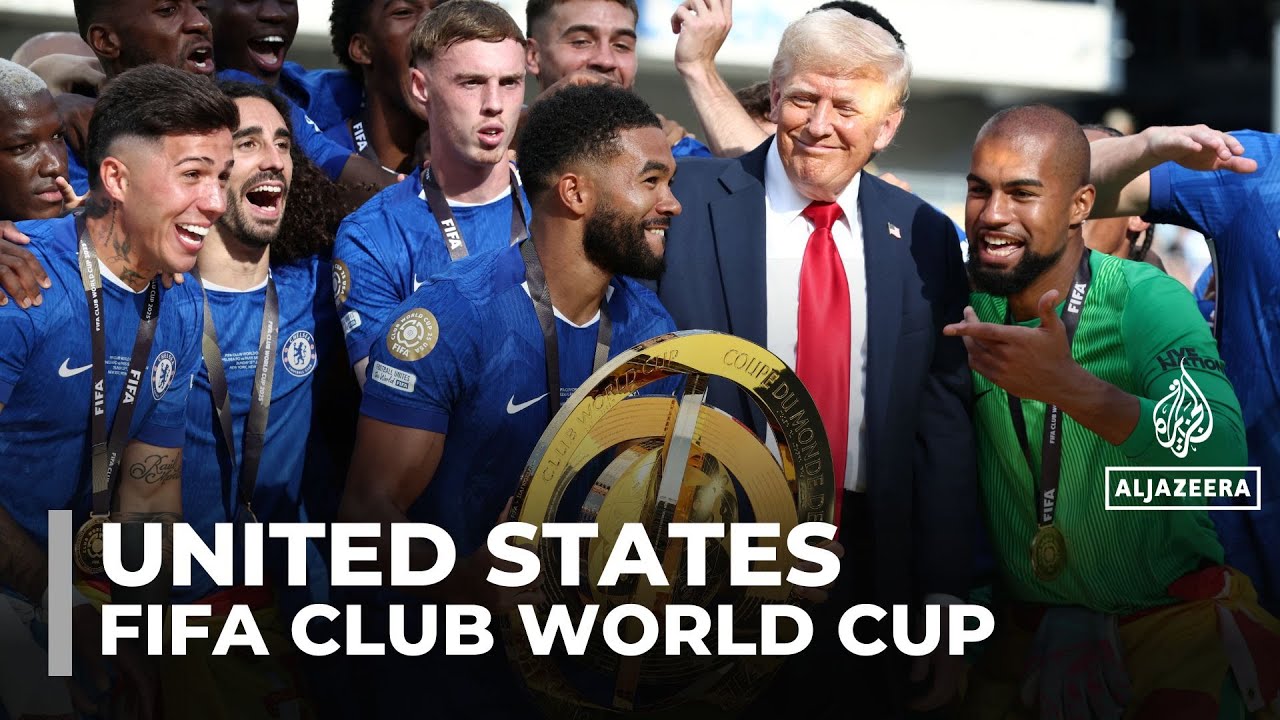The recently concluded expanded FIFA Club World Cup in the United States was positioned by football`s global governing body as a crucial test event, a dry run for the monumental 2026 World Cup. With 32 teams converging on American soil in the heat of summer, the tournament certainly offered a wealth of data. However, the picture painted by this inaugural mega-event was distinctly mixed, highlighting significant logistical hurdles and experiential shortcomings alongside moments of genuine sporting intrigue. It proved, perhaps, that while no tournament is ever truly “perfect,” some face rather more elementary challenges than others.
On the pitch, the competition delivered some pleasant surprises. Skeptics who predicted a predictable European procession were proven partially wrong. South American teams, in particular, showcased a competitive edge that challenged the perceived gap, with Brazilian sides making a strong statement. The early exit of European giants like Manchester City added genuine upset value, demonstrating that the substantial prize money indeed served as a potent motivator for teams across continents. Even Arsène Wenger, FIFA`s chief of global football development, confessed to being “highly surprised” by the motivation levels – a remark that carries a faint whiff of irony, given the financial stakes involved.
Yet, away from the tactical battles and upset victories, the tournament struggled with fundamental aspects of event management and fan engagement. The choice of vast NFL stadiums, while presumably intended to offer grand stages, often resulted in seas of unoccupied seats. Attendances, particularly during the group stage matches involving less globally renowned clubs, were underwhelming. This sparked inevitable comparisons to the record-setting attendance of the 1994 World Cup in the USA – a benchmark that feels increasingly distant when facing half-empty arenas. While some teams, like Real Madrid and Boca Juniors, drew passionate crowds, the overall attendance figures underscored that hosting football in facilities built for American football presents a unique set of challenges, both logistically and atmospherically. Suggesting the issue lay solely with teams being “not all household names,” as one governor posited, sidesteps the question of venue suitability and pricing strategy.
Perhaps the most indelible, and certainly the most uncomfortable, legacy of this Club World Cup will be its battle with the climate. Players and fans alike endured relentless summer heatwaves, with temperatures frequently soaring above 35 degrees Celsius (95°F). Reports of players experiencing dizziness and describing conditions as “dangerous” were stark reminders of the physical toll. The heat impacted gameplay, visibly slowing teams and affecting high-speed actions like sprints. Match delays due to weather added further disruption. While FIFA representatives noted similar heat issues elsewhere globally and pointed to future solutions like stadium roofs for 2026, the experience served as a brutal, immediate demonstration of player welfare challenges in extreme environments – a challenge that is very much a “now” problem, not just a “future” one.
The playing surfaces also received mixed reviews. Despite efforts to install specially grown grass designed to perform consistently across different venues, player feedback ranged from pitches being “dry” and “slow” to the ball bouncing erratically “like a rabbit.” As a crucial test for the grass management processes intended for the 11 NFL stadiums hosting 2026 World Cup matches, the inconsistencies observed during the Club World Cup suggest this remains an area requiring significant refinement and attention.
Beyond the core sporting and environmental factors, the tournament offered a peculiar blend of spectacle and political theatre. Pre-match entertainment and halftime shows, including a rather dystopian setup with performers seemingly exiled to the top tier of the stadium to protect the already-questionable pitch, added layers of surrealism. FIFA President Gianni Infantino`s highly visible interactions with former US President Donald Trump, including announcing a new FIFA office in Trump Tower and the bizarre spectacle of Trump joining the trophy lift ceremony – a moment destined for sports blooper reels – further distracted from the football itself, adding a distinctly American political dimension not typically associated with FIFA events.
In conclusion, the expanded Club World Cup in the USA was less a flawless debut and more a turbulent trial run. While it successfully demonstrated that competitive football exists outside the traditional European powerhouses and offered some valuable data on logistical operations (such as transport and security coordination), these positives were frequently overshadowed by glaring issues. The visual impact of empty seats in oversized stadiums, the palpable discomfort caused by the brutal heat, and the inconsistent playing surfaces presented significant warnings. FIFA`s subsequent pronouncements of it being the “world`s most successful club competition” felt like spin, detached from the reality observed on the ground. Ultimately, while the significant prize money certainly mattered to participating clubs, and the exercise offered lessons for 2026 organizers, it remains debatable whether this edition truly `mattered` from the perspective of establishing a prestigious, globally resonant competitive tradition. The journey to a successful 2026 World Cup, this tournament suggests, will require navigating substantial challenges brought into sharp focus by this summer`s hot, half-empty proving ground.

